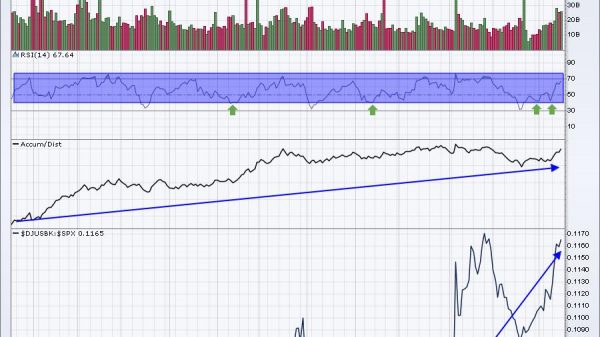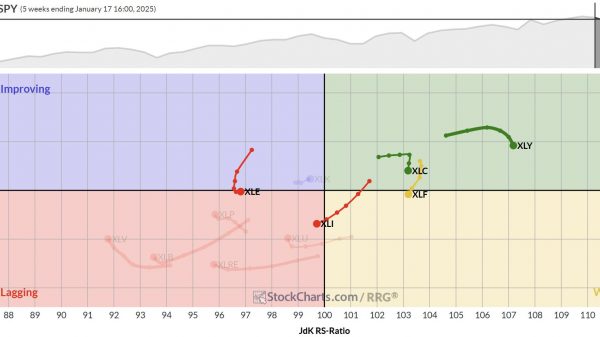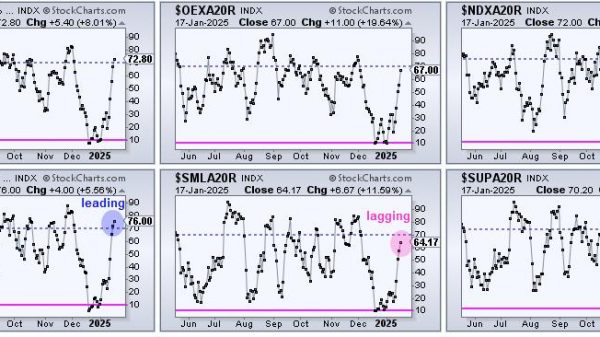

As global energy markets evolve, businesses are under more pressure than ever to optimize their energy use. In 2023, global energy transition financing reached a record $303.3 billion in the United States — and this trend shows no signs of slowing. With rising energy prices and a greater emphasis on sustainability, businesses are looking for smarter, data-driven ways to manage energy consumption.
Let’s take a look at the top energy management trends for 2024 and how businesses may use them to save money, increase resilience and achieve sustainability goals.
1. Renewable energy integration
The transition to renewable energy is increasing as more firms incorporate clean energy into their operations. In 2023 alone, the United States added 42 gigawatts (GW) of renewable capacity to the grid, primarily through solar power. This rising reliance on renewable energy does more than just reduce carbon emissions; it also helps businesses stabilize their energy prices over time.
For companies, incorporating renewable energy is more than just an environmental option; it’s a plan for future-proofing operations. Renewable energy sources such as solar and wind are becoming more reliable and cost-effective, making them excellent investments. Industry leaders such as Google and Microsoft have already committed to 100% renewable energy, and smaller businesses are following suit as solar and wind energy prices fall.
2. Energy storage solutions
As renewable energy becomes a larger part of the grid, the need for energy storage has skyrocketed. In 2023, the U.S. set a new record by commissioning 7.5 GW of battery storage capacity. Energy storage systems allow businesses to store energy generated during off-peak hours, enabling them to use it when demand — and prices — spike.
Businesses have much to gain from energy storage systems in terms of both operational resilience and financial savings. Reliability is provided as battery backups keep the lights on during blackouts or grid fluctuations. Costs are curtailed too, as power can be purchased at off-peak low rates and later deployed when prices soar. By shrewdly stockpiling inexpensive electricity for high-cost hours, the jagged peaks and valleys of expenditure are smoothed into a flatter profile. Meanwhile, continuity is assured regardless of outside disruptions. It’s a small wonder then that companies increasingly investigate battery reserves in their quests for sturdier uptime and optimized energy management.
3. Demand response programs
Demand response programs offer businesses a strategic way to judiciously manage energy consumption when electricity demand and associated costs peak. Such programs financially reward companies for tempering their usage during peak times, enabling savings of up to 20% of annual energy expenditures, according to reports from states like Texas and California where these programs are well-established.
Participating in demand response initiatives also protects businesses from bearing the enormous expenses associated with surges in consumption. In Texas, for example, power costs have been known to skyrocket during times of high demand. Businesses can reduce these spikes in energy costs and contribute to system stabilization by reducing usage during such periods. Because businesses are alerted ahead of time to possible grid instabilities, they may make the necessary preparations.
4. Smart grid technologies
Smart grids are changing how businesses view energy management. These sophisticated systems provide real-time data on energy usage patterns, enable companies to concentrate supply chain loads better than ever before, reduce waste levels and permit businesses to react most effectively to power network demands. By 2028, the U.S. market for energy management will have reached $4.6 billion, largely driven by smart grid technology.
For companies, smart grids are a game-changer. With sensors, meters and analytics software, enterprises can track energy consumption in real time, carry out demand response measures automatically and combine renewable power naturally into power grids. With this kind of visibility, businesses can spot inefficiencies and areas for cost savings. And smart grids lead to faster recovery from unexpected changes in the supply of energy as well as demand levels, improving operational agility and resilience.
5. Cybersecurity in energy management
As businesses increasingly adopt digital energy management systems, cybersecurity has become a critical concern. In 2023, 28% of middle-market executives reported experiencing a data breach, which is a stark reminder of the growing vulnerabilities that come with digitalization. For businesses operating energy management systems connected to the grid, these cyber threats pose significant risks to operational continuity and data security.
With sophisticated automation now core to energy management, bolstering digital defenses against infiltrators like ransomware is ever more pressing. Substantial efforts aim to fortify assets from disruptors seeking to cripple systems or unmask proprietary information. For businesses, prioritizing cyber protections as an integral part of strategic energy planning helps safeguard resources and ensures steady performance — especially as emerging digital integration introduces novel pathways for intrusion.
Supporting Businesses in Navigating Energy Trends
As energy trends evolve, businesses encounter growing challenges and opportunities in managing their energy requirements. Data-driven strategies, help address these complexities by optimizing energy procurement, facilitating renewable energy integration, and enhancing participation in demand response programs.
Key areas of focus include:
- Energy procurement: Securing competitive energy contracts.
- Renewable energy: Simplifying the transition to solar, wind, and other sustainable energy sources.
- Demand response: Enhancing financial outcomes through efficient energy usage monitoring.
- Data analytics: Leveraging insights to inform energy efficiency and sustainability initiatives.
By understanding and adapting to these energy trends, businesses can better manage costs, strengthen resilience, and work toward sustainability objectives — you can contact EnerConnex today to explore customized solutions fitting your operational needs.
The post Top trends in energy management for businesses in 2024 appeared first on IoT Business News.





















